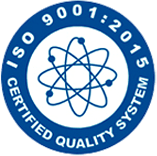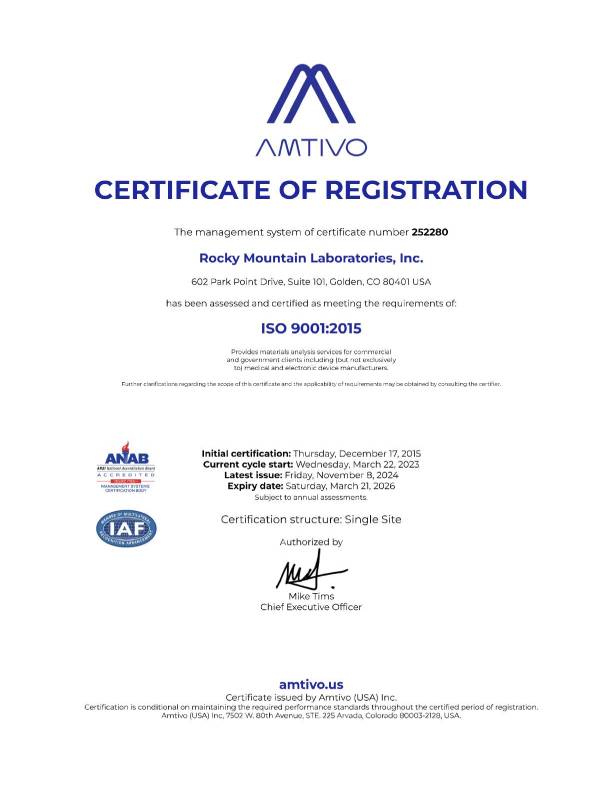Auger Electron Spectroscopy (AES) is a powerful surface analysis technique that plays a crucial role in characterizing composite materials. Composite materials, which consist of two or more distinct components, present challenges in understanding surface composition, interactions, and the distribution of elements. AES provides valuable insights into the elemental composition and surface characteristics of composite materials, offering critical information for optimizing performance and ensuring the quality of composite structures.
Key Applications
1. Surface Elemental Composition Analysis
AES is utilized to analyze the surface elemental composition of composite materials, providing detailed information about the concentration and distribution of elements on the material’s surface. This is essential for understanding the surface properties of each component within the composite.
2. Interface Analysis
In composite materials, the interaction between different components at interfaces is crucial for overall performance. AES is instrumental in studying the composition of interfaces, identifying any chemical interactions, and ensuring proper adhesion between composite layers.
3. Quality Control in Composite Manufacturing
For composite manufacturers, maintaining consistent quality is paramount. AES serves as a valuable tool for quality control, helping to monitor variations in surface composition, detect contaminants, and verify the success of surface treatments or modifications during the manufacturing process.
4. Chemical State Identification
AES allows for the identification of different chemical states of elements present in composite materials. This aids in understanding the bonding configurations and chemical transformations occurring at the surface, providing insights into the stability and reactivity of composite components.
5. Surface Modification Studies
Composite materials often undergo surface modifications to enhance specific properties. AES is employed to study the effects of surface treatments, coatings, or functionalization on the chemical composition of composite surfaces, guiding the optimization of material performance.
Advantages of AES Analysis in Composite Material Research
- Surface Sensitivity: AES is highly surface-sensitive, providing information about the top few nanometers of composite materials where surface interactions and reactions take place.
- Quantitative Elemental Analysis: AES allows for quantitative analysis of elemental composition, providing accurate information about the concentration of each element present in the composite surface.
- Chemical State Information: AES provides detailed information about the chemical states of elements, aiding in the understanding of surface chemistry and bonding in composite materials.
- High Spatial Resolution: AES can achieve high spatial resolution, enabling detailed mapping of elemental distribution and chemical states on the surfaces of composite materials.
AES analysis is a valuable tool in the field of composite materials, offering critical information about surface composition, chemical states, and interfaces. By leveraging AES, researchers and engineers can optimize the design and performance of composite materials, ensuring their reliability and effectiveness in various applications.
For precise AES analysis services tailored to your composite material research needs, Rocky Mountain Laboratories combines expertise with cutting-edge technology. Contact us today to explore how AES can enhance your understanding of composite material surfaces and contribute to advancements in composite material science and technology.



